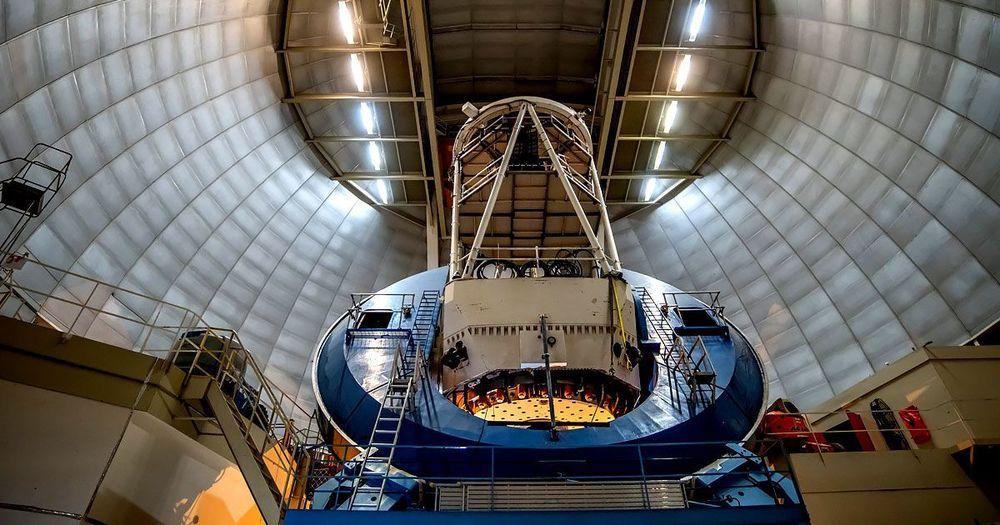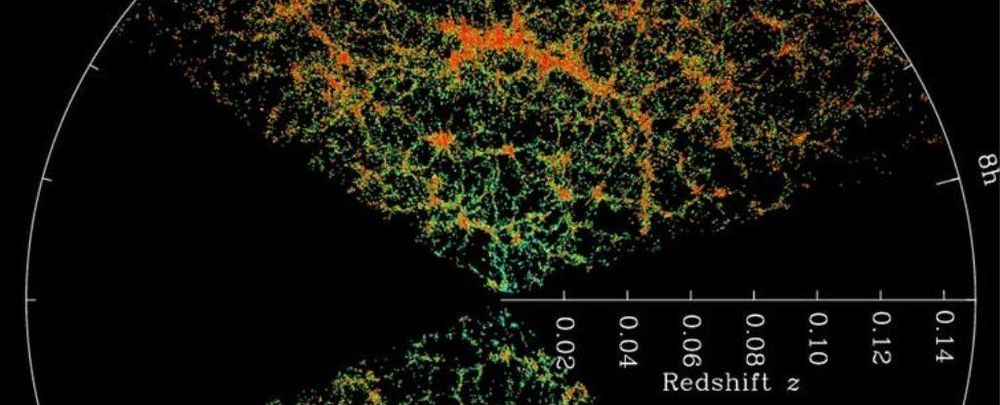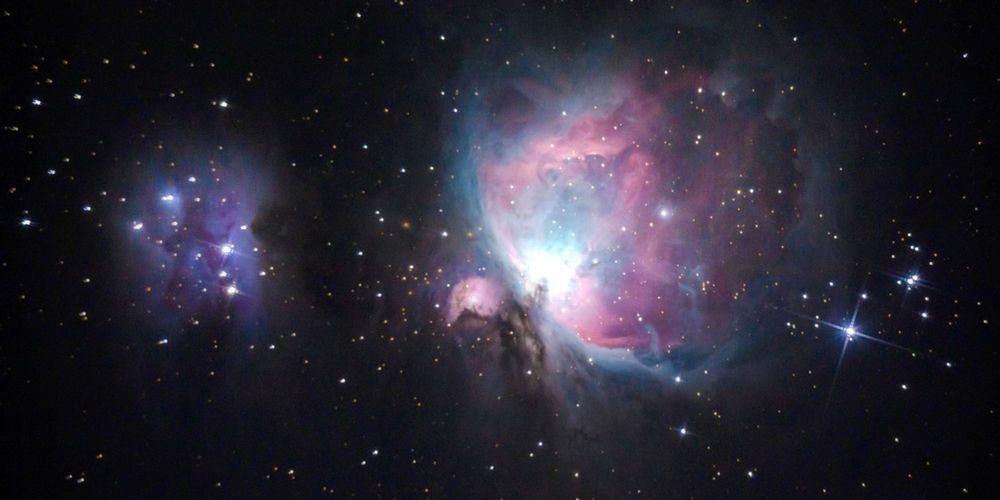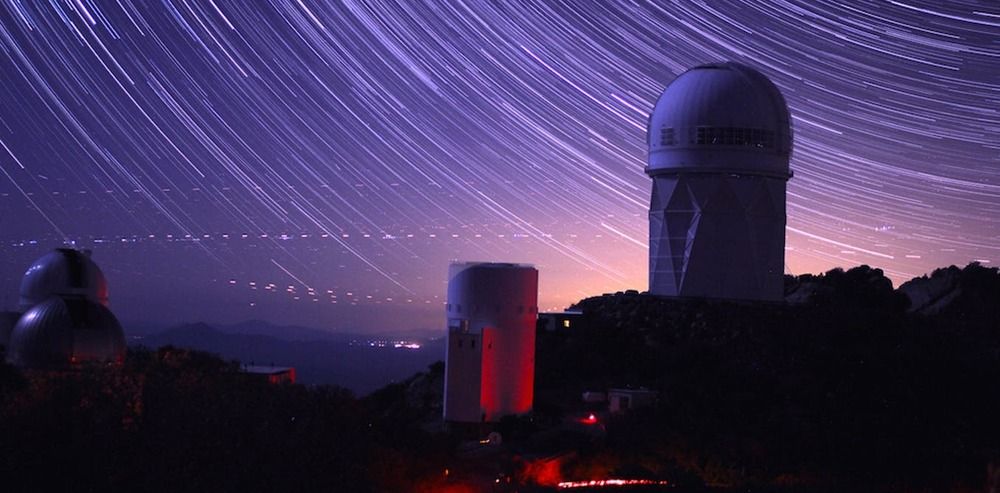Any indication that [dark energy] is not a constant would be revolutionary and spark intense theoretical work.



As an astronomer, there is no better feeling than achieving “first light” with a new instrument or telescope. It is the culmination of years of preparations and construction of new hardware, which for the first time collects light particles from an astronomical object.
This is usually followed by a sigh of relief and then the excitement of all the new science that is now possible.
On October 22, the Dark Energy Spectroscopic Instrument (DESI) on the Mayall Telescope in Arizona, US, achieved first light. This is a huge leap in our ability to measure galaxy distances – enabling a new era of mapping the structures in the Universe.
Nature Phys ics volume 13, page 205 ( 2017 ) | Cite this article.

While it seems we are making great strides in unlocking the mysteries of the Universe, there is a sizable hole in what we know – up to 95% of the cosmos appears to be missing. We are talking about dark matter and dark energy, two useful, groundbreaking, but yet-to-be-directly-observed explanations for the vast majority of what exists. While there have been various attempts to pin down these ideas, inferred from their gravitational effects, a recent theory from a University of Oxford scientist claims to do away with them entirely. Instead, his model proposes something which may be even more unusual – what if the Universe is actually filled with a “dark fluid” possessing “negative mass”?
Dark matter takes up 27% of the known Universe (per NASA), while dark energy, a repulsive force that makes the Universe expand, gets 68%. Only 5% of the Universe is the observable world, including us and our planet. According to the model, proposed by Dr. Jamie Farnes, both dark matter and dark energy are unified in a fluid which has “negative gravity”. It repels all other material away.
“Although this matter is peculiar to us, it suggests that our cosmos is symmetrical in both positive and negative qualities,” wrote Farnes, astrophysicist, cosmologist and data scientist who worked at Oxford at the time of publishing his paper, and has since moved on to Faculty, a leading AI company.

Wormholes, passageways that connect one universe or time to another, are still only theoretical — but that doesn’t mean physicists aren’t looking for them. In a new study, researchers describe how to find wormholes in the folds of our galaxy.
These hypothetical passageways, created by folding a region of space like a piece of paper, are predicted by Einstein’s theory of general relativity. But they require extreme gravitational conditions, such as those around supermassive black holes.
In the new study, two researchers came up with a method to search for wormholes close to home, around the Milky Way’s central, supermassive black hole, called Sagittarius A*. If a wormhole were to exist around Sagittarius A*, the stars on one side of the passage would be influenced by the gravity of stars on the other side, the researchers said.




Science fiction writers love wormholes because they make the impossible possible, linking otherwise unreachable places together. Enter one, and it’ll spit you back out in another locale—typically one that’s convenient for the plot. And no matter how unlikely these exotic black hole relatives are to exist in reality, they tend to fascinate physicists for exactly the same reason. Recently, some of those physicists took the time to ponder what such a cosmic shortcut might look like in real life, and even make a case that there could be one at the center of our galaxy.

DETAILS: https://on.rt.com/a3cz